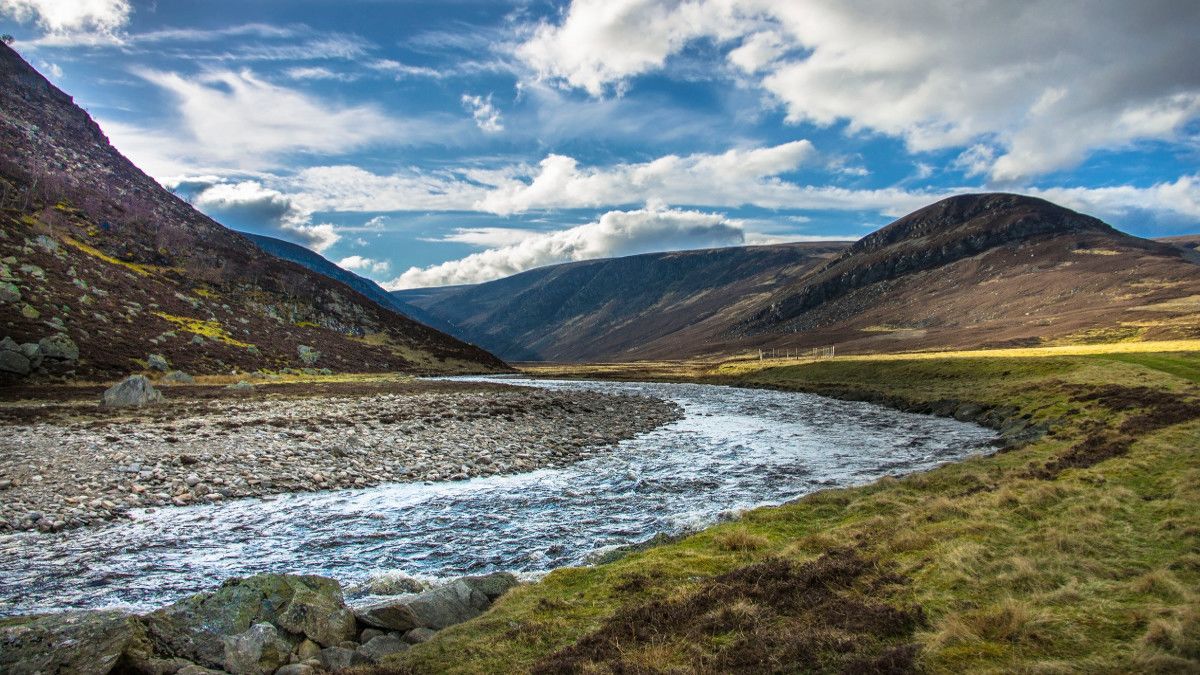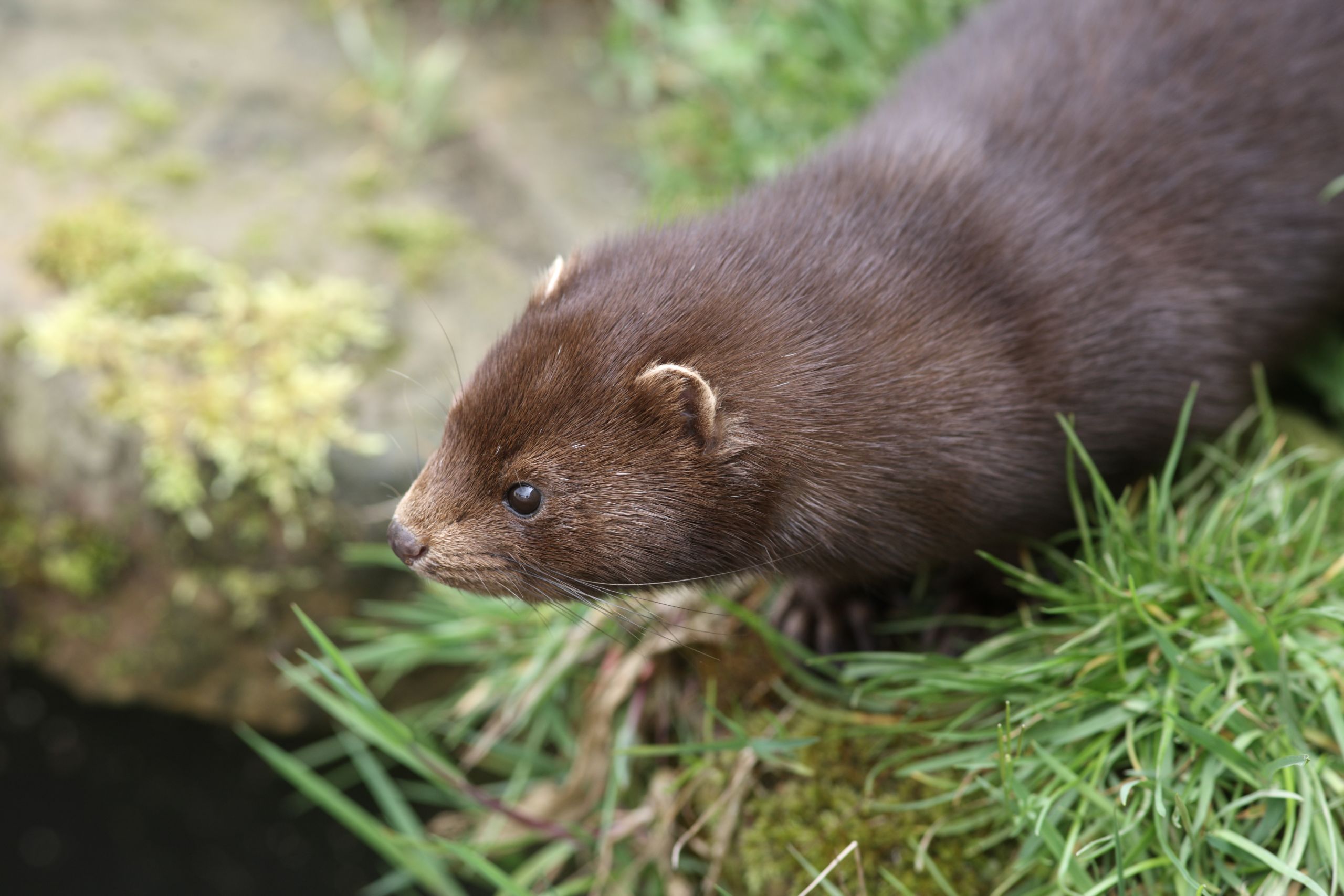Empowering local communities to protect native wildlife

The American mink became an accidental part of British wildlife in the 1960s as a result of escape from fur farms throughout rural Scotland, but as an invasive species it also had a major impact on the country’s biodiversity.
Researchers at the University studying the population ecology of water voles identified a sharp decline in their numbers as a result of the spread of the predatory mink.
In order to protect water voles, which have a high cultural value in UK and are iconic symbols of natural heritage, Professor Xavier Lambin created and led a mink eradication programme in the Cairngorms National Park. The programme became the world’s largest mainland species eradication programme and involved hundreds of volunteers.
Researchers used data gathered by conservation volunteers to predict where mink were likely to recolonise and targeted these areas with ecological traps which were used to humanely remove the mink from vast areas of land.
The project helped to secure the future of the water vole and is now being used as a template for management of invasive mink in other eradication initiatives in Scotland and around the world.

Find out more about Professor Lambin’s research.
More Environment and Biodiversity stories








